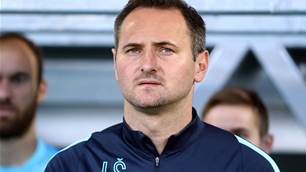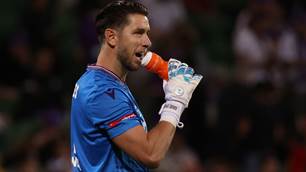FOOTBALL Federation Australia today unveiled a landmark development in Australian football with the launch of the National Premier Leagues (NPL) for state-based competitions which will include a national play-off.
The NPL will begin a phased roll-out this year bringing semi-professional state and territory elite leagues under national guidelines for the first time.
Key features of the NPL are:
• A common brand and logo
• Qualified Technical Directors at each club
• Consistent player pathways in each state and territory
• Player Points System (PPS) to encourage youth development
• Revised Compensation System to reward clubs producing A-League players
• Improved finance and business planning under a club licensing scheme
The NPL competition in each state and territory will be run by the member federation, with a national play-off at the end of each winter season.
FFA CEO David Gallop hailed the introduction of the NPL model was a “landmark in the development of Australian football”.
“The semi-pro state league clubs have long been the engine room of Australia’s player development system and have always provided a local focus of football passion across the nation,” Gallop said.
“Today’s launch of the National Premier Leagues model gives the state-based competitions the status and organisational structure they deserve.
“This model is the product of National Competitions Review (NCR), a hugely important piece of policy development over the past two years.
“I commend our Member Federations, the constituent clubs and the FFA staff for their commitment to the cause. This work will shape football across the nation for years to come.”
The phased national roll out of the NCR recommendations will see 70 clubs across Queensland, NSW, South Australia, ACT and Tasmania implement changes this year.
In 2014, Victoria, Northern NSW and Western Australia propose to roll out the NCR changes. Due to its smaller scale, Northern Territory will adopt a partial model.
“The NCR is a key outcome of our strategic plan which has the objective to better connect community football to the professional tier,” Gallop said.
“The National Premier Leagues model is a vital conduit from the grassroots to the A-League. The strategy is sound, but now all parties need to redouble their efforts to ensure the implementation brings the desired results.
“In short, our aim is to see highly qualified coaches employed by stable and well-run NPL clubs producing better Australian players from under 12 to under 18, then under 20s and finally to senior ranks.”
Related Articles

'Up to the players': Croatia deny spying trip for A-League, NPL youngsters

Socceroo ruled out for A-League season, retirement likely as Glory sign NPL replacement













